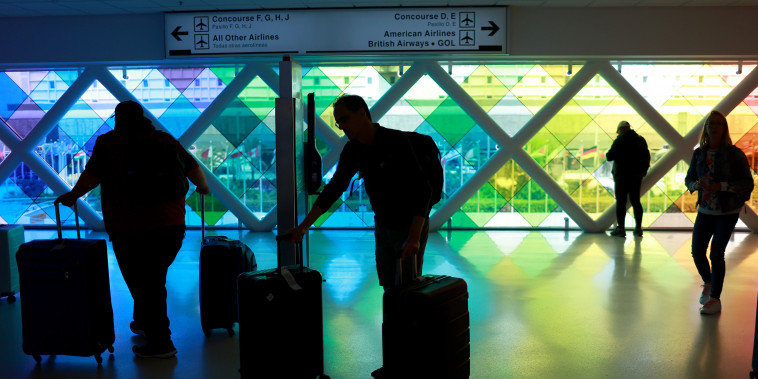The aviation industry is currently facing an unprecedented situation where air travel demand is reaching record-breaking highs, yet airline profits are not reflecting this surge. This discrepancy has raised concerns among industry experts and stakeholders who are closely monitoring the fluctuating dynamics impacting the aviation sector.
One of the key factors contributing to the surge in air travel demand is the gradual easing of travel restrictions following the widespread vaccination efforts and the gradual containment of the COVID-19 pandemic. With more countries reopening their borders and travelers eager to embark on long-delayed vacations or business trips, the pent-up demand for air travel has surged to levels not seen since before the pandemic.
However, despite the surge in passenger numbers, airlines are struggling to convert this increased demand into substantial profits. There are several reasons behind this disconnect between demand and profitability. One primary factor is the soaring operational costs faced by airlines in the current climate.
Fuel prices, which heavily impact airlines’ operational costs, have been on the rise due to various geopolitical factors and the global economic recovery. Additionally, airlines have had to invest significant resources in complying with enhanced health and safety protocols mandated by regulatory authorities to ensure passenger well-being and prevent the spread of COVID-19.
Furthermore, the ongoing challenges in the supply chain, including disruptions in the availability of aircraft parts and maintenance services, have added to airlines’ operational woes. These challenges have led to increased maintenance costs and extended downtime for aircraft, impacting airlines’ operational efficiency and profitability.
Another significant factor impacting airline profitability in the face of high demand is the intense competition within the industry. With more airlines vying for passengers on popular routes, there is fierce competition to offer competitive fares and attract customers. This competition often leads to price wars and reduced profit margins for airlines, despite the high demand for air travel.
Moreover, the lingering uncertainties surrounding the trajectory of the pandemic and the emergence of new variants pose additional challenges for airlines. The ever-changing travel restrictions and quarantine requirements imposed by different countries can deter travelers from making firm travel plans, further impacting airlines’ profitability.
In response to these challenges, airlines are exploring various strategies to cope with the surge in demand while addressing their profitability concerns. Some airlines are focusing on optimizing their route networks and fleet utilization to maximize operational efficiency and reduce costs. Others are exploring innovative revenue streams, such as ancillary services and partnerships, to boost their bottom line.
Additionally, airlines are closely monitoring market trends and consumer behavior to adapt their pricing strategies and revenue management practices effectively. By leveraging data analytics and technology solutions, airlines aim to make informed decisions that will enhance their competitiveness and profitability in the highly dynamic aviation landscape.
Overall, the aviation industry is navigating a complex landscape characterized by surging demand, operational challenges, intense competition, and uncertainty. While the current situation presents significant opportunities for airlines to capitalize on the rebound in air travel, it also underscores the importance of strategic planning, operational efficiency, and agility to thrive in the post-pandemic era. By addressing the underlying factors impacting profitability and embracing innovative solutions, airlines can position themselves for sustainable growth and resilience in the evolving aviation market.
